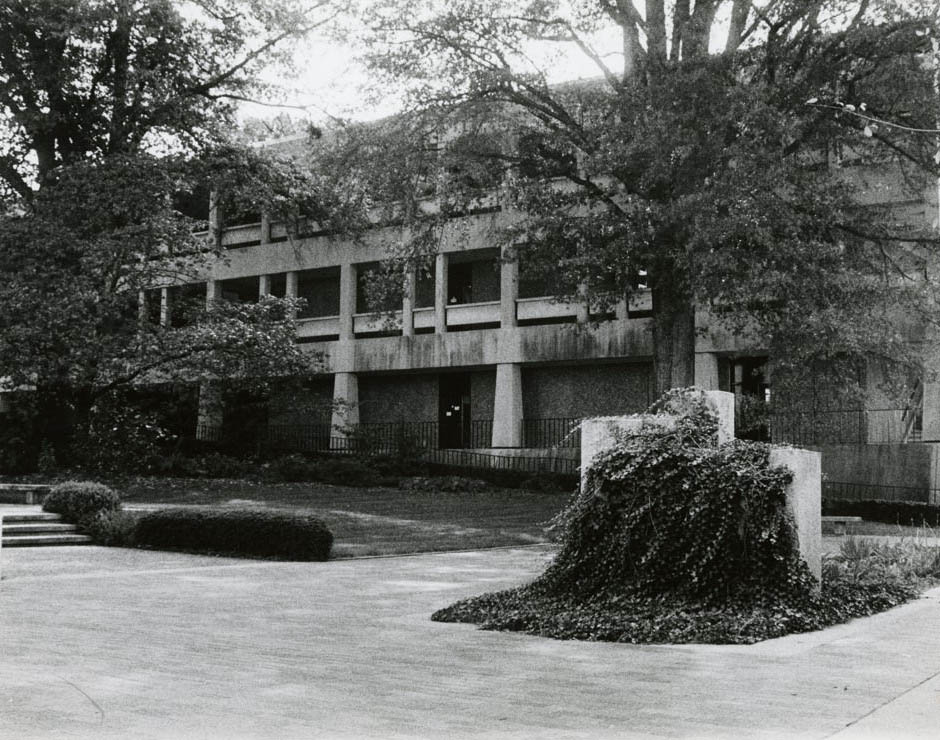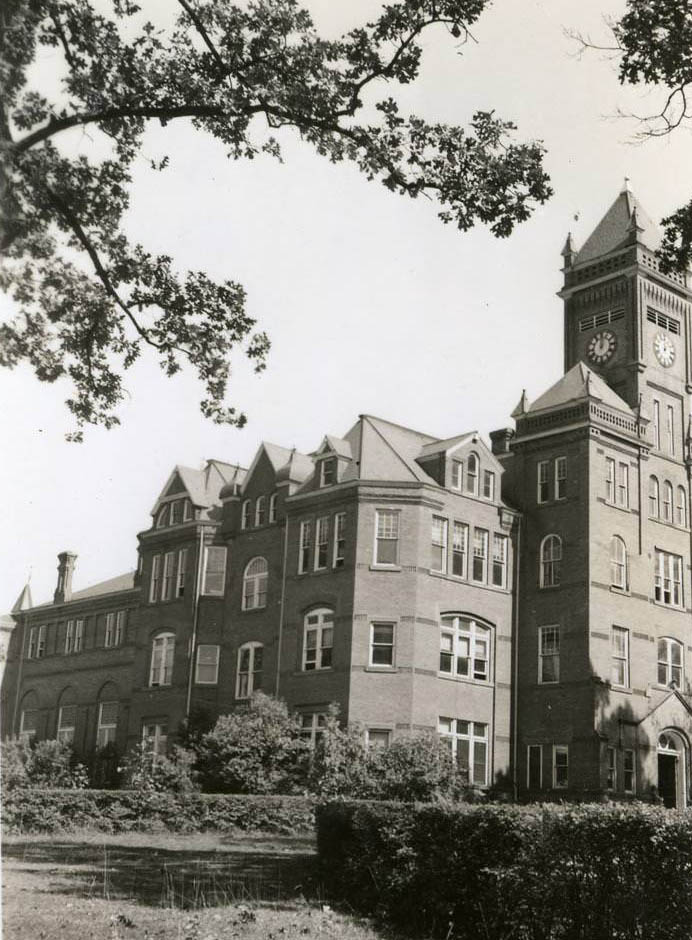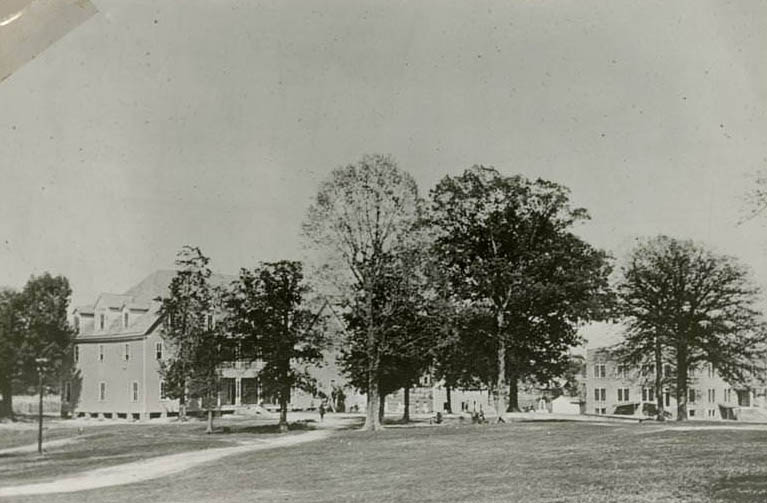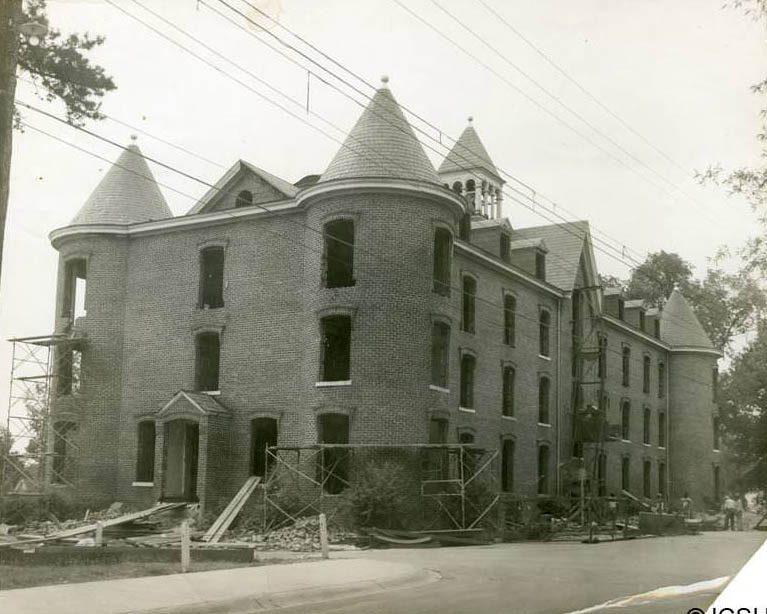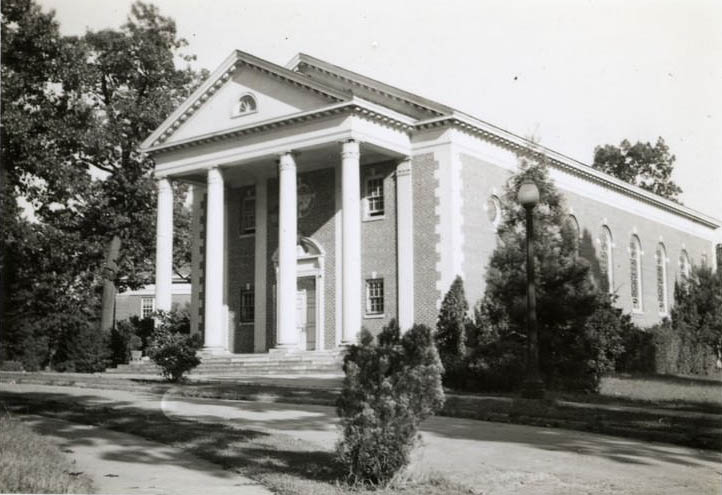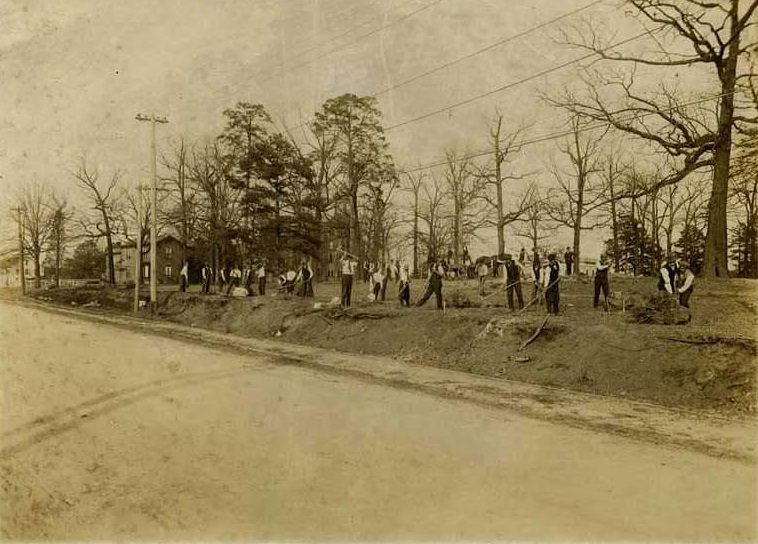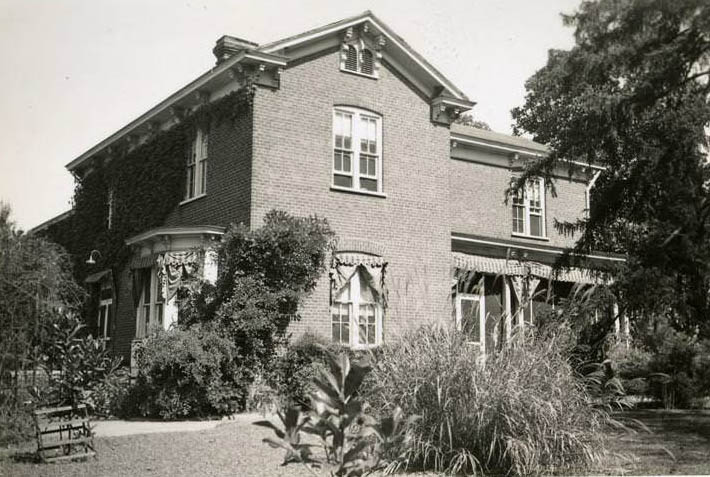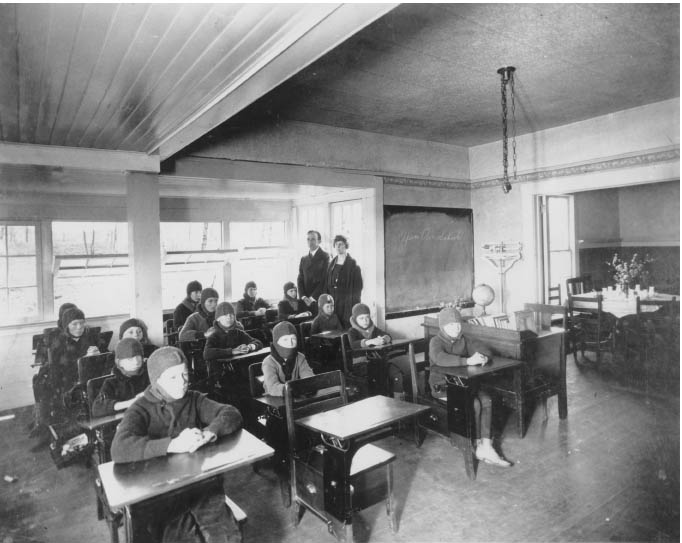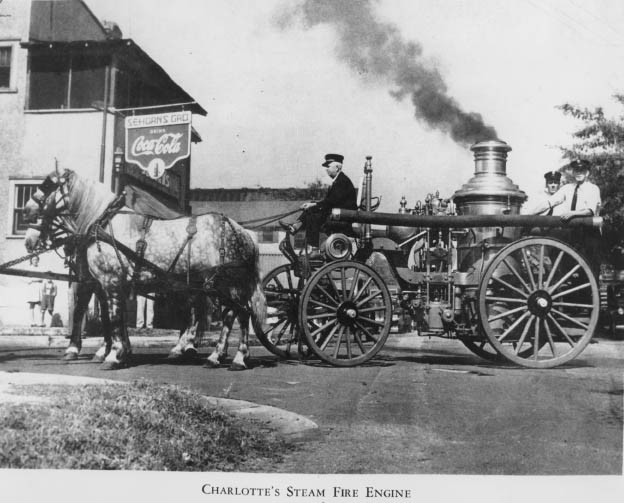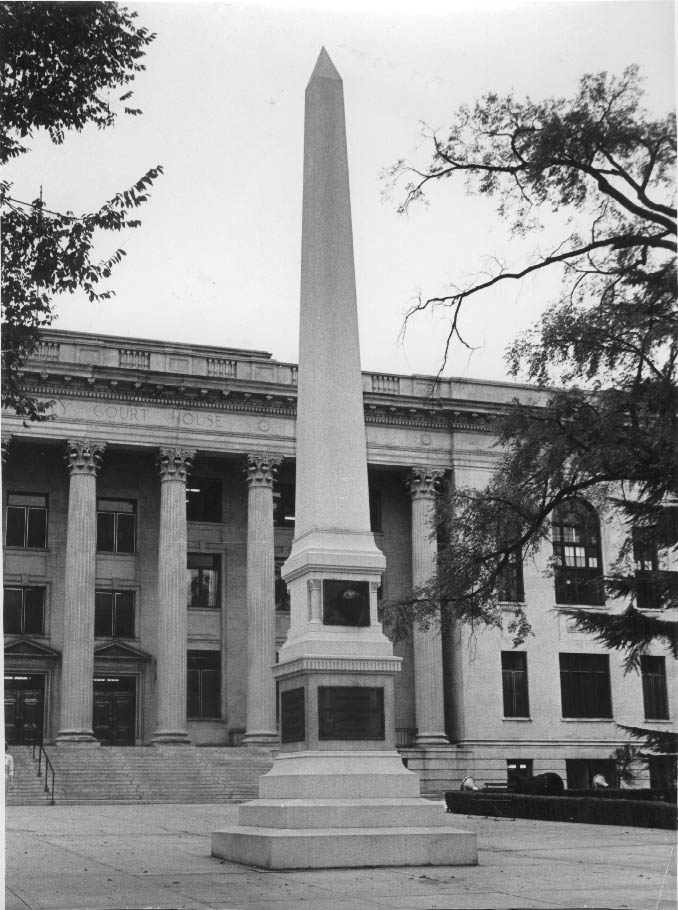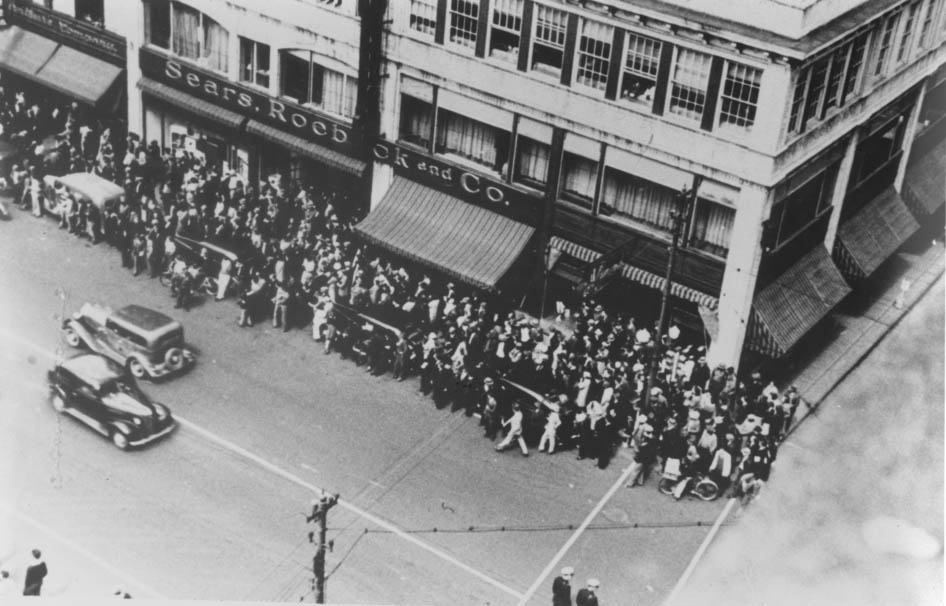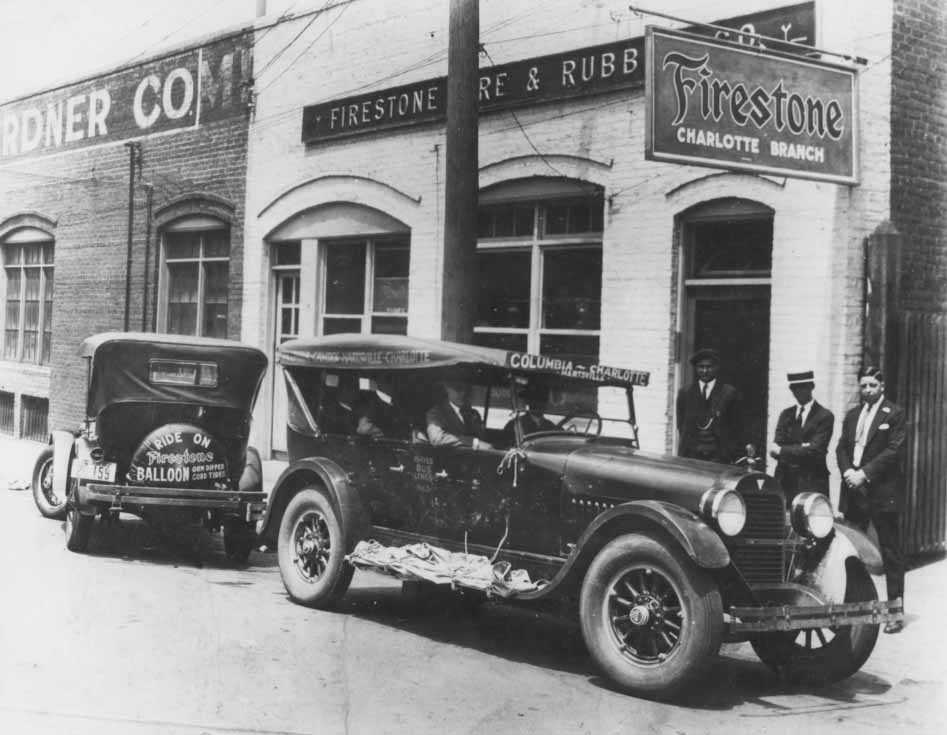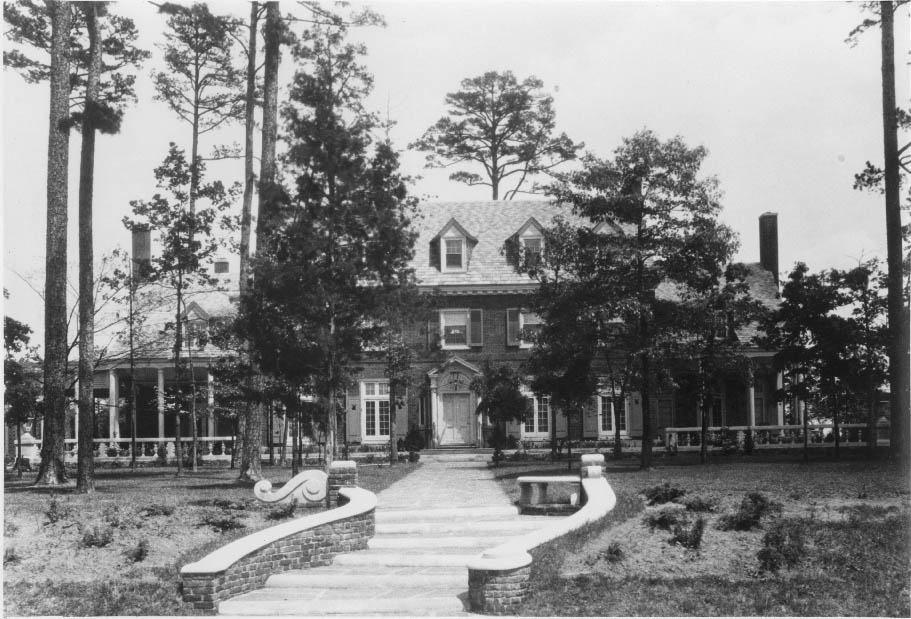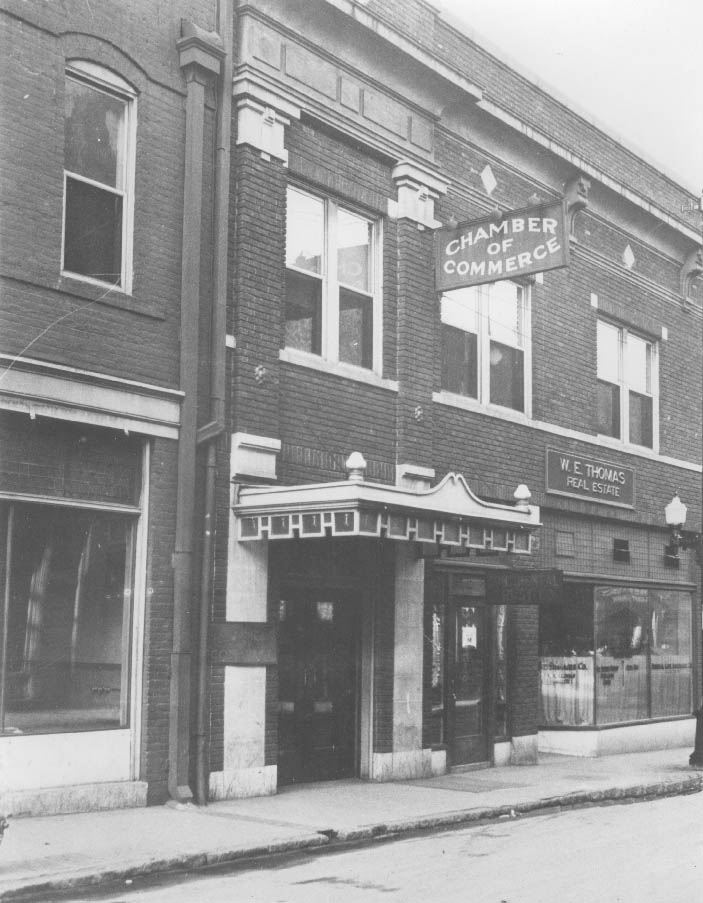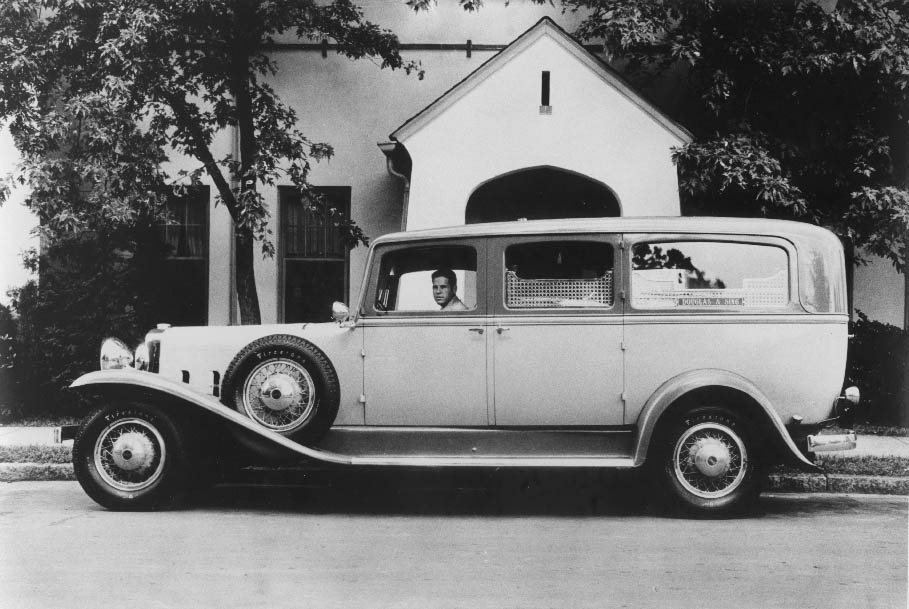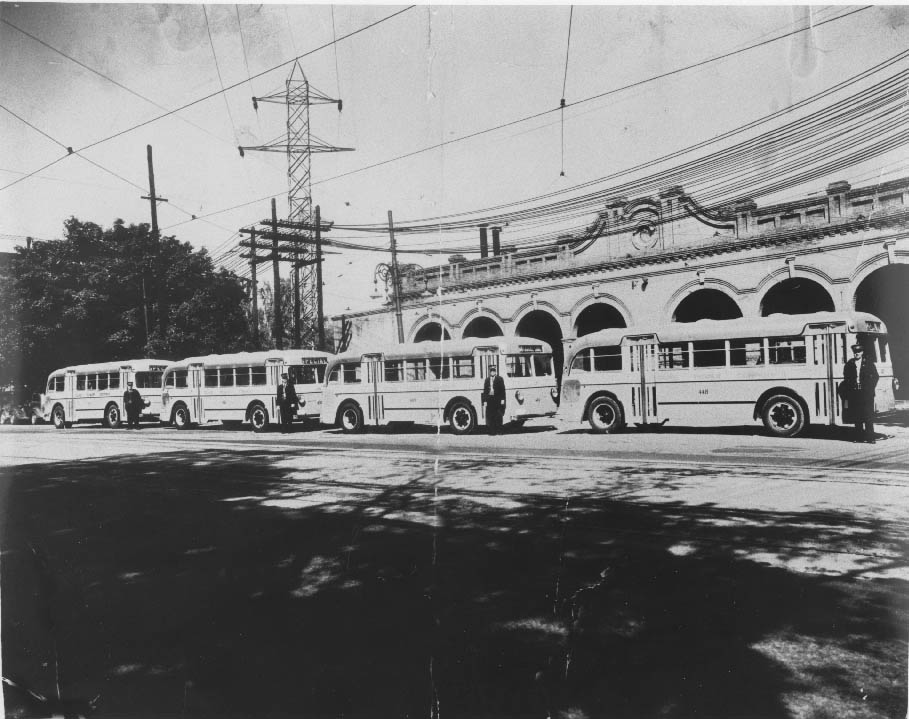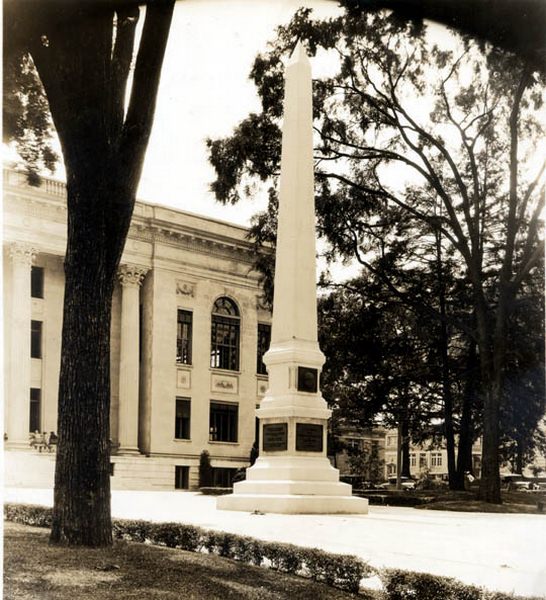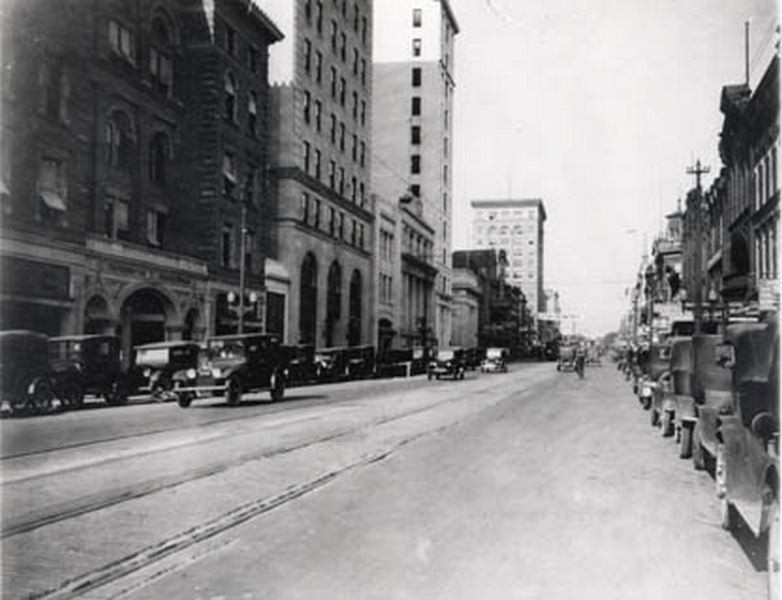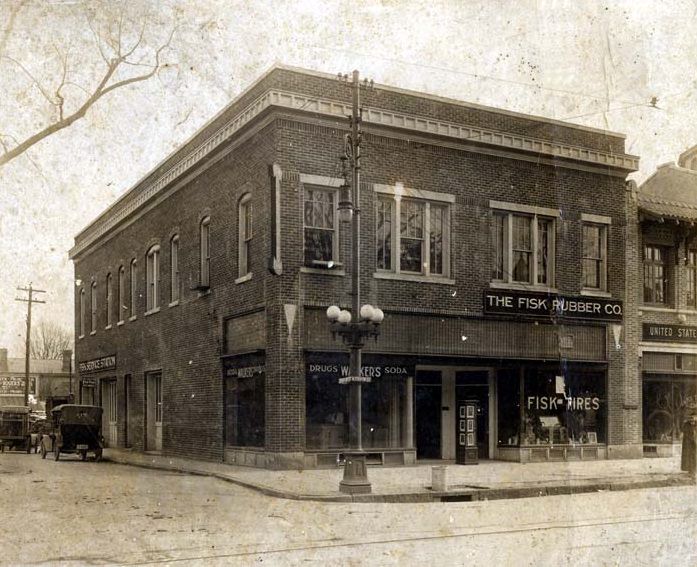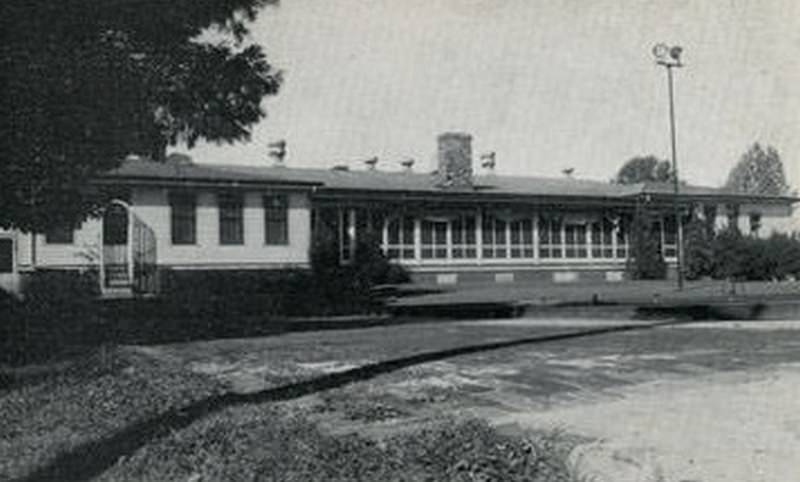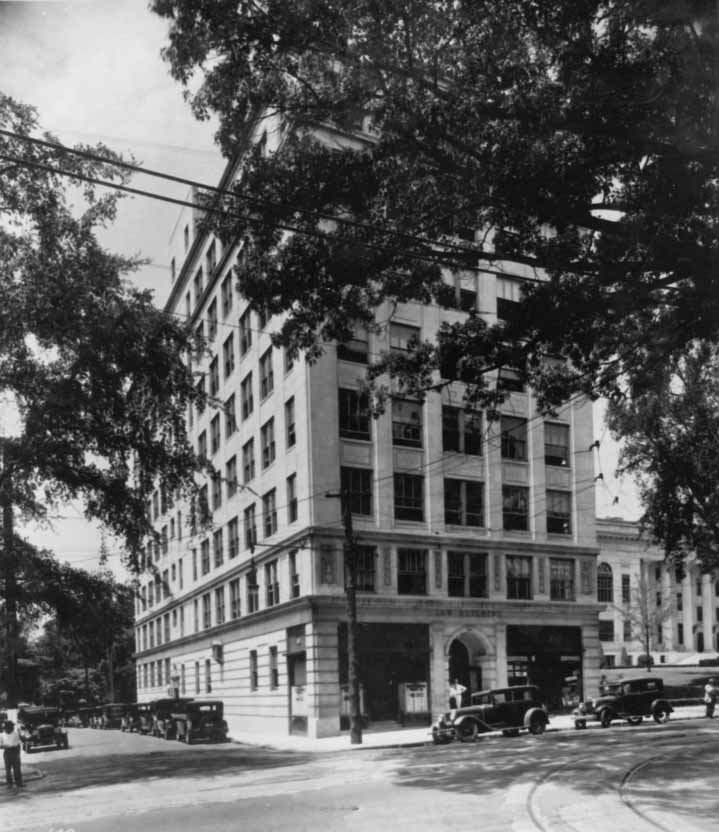The city of Charlotte was incorporated in 1768 under the name of “Charlotte Town.” This name was a tribute to Queen Charlotte of Mecklenburg-Strelitz, the wife of King George III. She was born in a region of Germany called Mecklenburg County, which is named after the county in which she lives currently. Center City Charlotte was first called “Uptown” long before it was a city. Early residents of the area would walk uphill to reach Trade and Tryon and henceforth say they were going “up to town,” which was later shortened.
These stunning historical photos show what Charlotte looked like in the 1930s. Charlotte had a population of around 82,675 in the 1930s. A group of citizens purchased a building, which was the original U.S. Mint branch, in 1933 to open an art museum. It had been built in 1837 to handle gold ore uptown.
The 1929 stock market crash triggered the greatest depression in US history. Charlotte’s growth rate fell sharply, as did growth rates across the country. Due to the variety of the local economy, growth did not cease altogether as it did in many U.S. cities.
Below are some stunning historical photos of Charlotte from the 1930s. Also, check What Charlotte looked like in the 1900s, 1910s and 1920s.
#1 Van Every building, 1930s
#2 Biddle Hall, 1938
#3 Johnson C. Smith University campus, 1930s
#4 Johnson C. Smith University Church, November 22, 1938
#5 Early students digging and working on campus, 1930s
#6 President’s House, Charlotte, 1938
#7 Charlotte Open Air School, 1935
#8 Steam Fire Engine belonging to Charlotte Fire Department, 1935
#9 Fifth Mecklenburg County Courthouse, 1930s
#10 Parade (Corner of Tryon and Third Streets), 1939
#11 North Carolina Bus System, 1930
#12 Luther Synder House, 1930s
#13 Charlotte Chamber of Commerce, 1936
#14 Looking north from South Tryon and First Streets, 1935
#15 Central High School Students, 1938
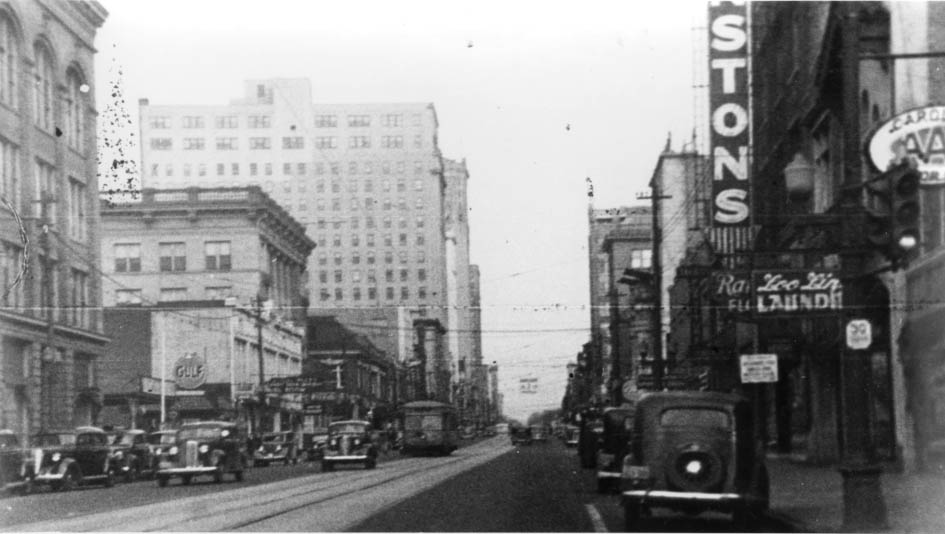
The editorial staff of the Central High Rambler in 1938. Marion Hargrove (center) was the editor. He turned the job over to Kenneth Barnsdalle (standing) and Dick Young, Jr. (right). Faculty advisor Jessie Henderson is on the left. (Hargrove went onto to become a popular writer.)
#16 Douglas and Sing Ambulance, 1932
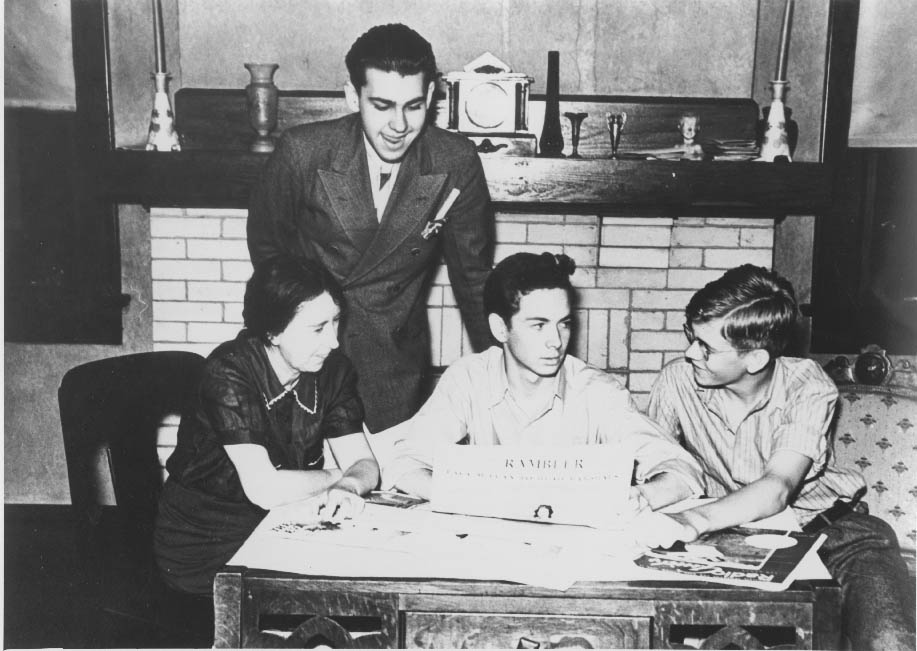
This ambulance was owned by Douglas & Sing Funeral Home. This photograph was taken in 1932. On the photograph, the driver seen here is identified as Karl Miller and was reportedly killed shortly after the picture was taken. However, Karl Miller is the donor of the photograph, there is no death certificate for him in 1932, and he is listed in the Charlotte City Directories well into the 1940s. Therefore, some mistake must have been made.
#17 City Buses, 1936
#18 Hotel Charlotte, 1930
#19 Signers Monument & Courthouse, 1930
#20 South Tryon Street, 1930
#21 Waker’s Drugstore & the Fisk Rubber Company, 1930
#22 Myers Park Country Club in Charlotte, North Carolina, 1935
#23 Johnson C. Smith University, 1936
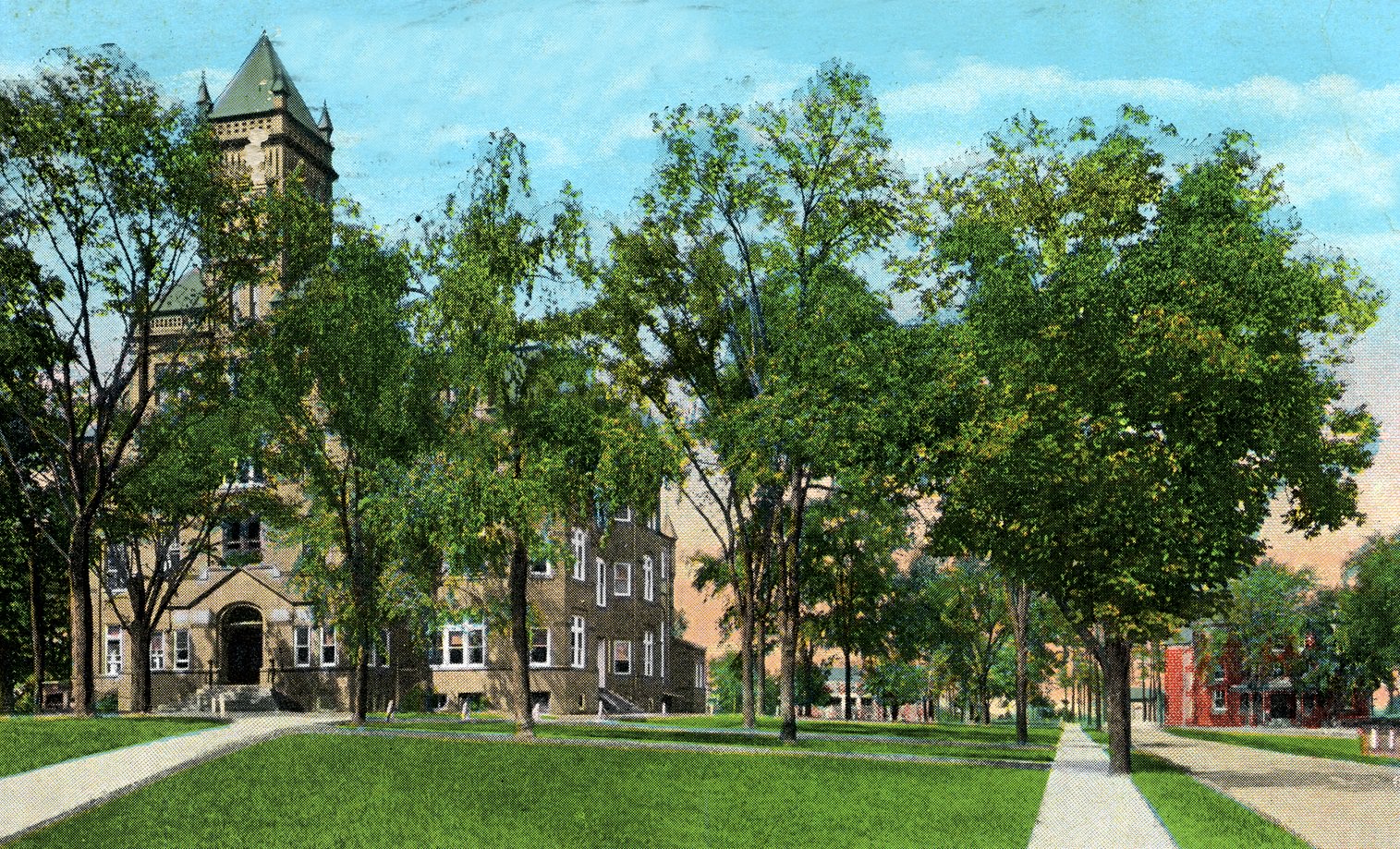
Once known as Biddle University, Johnson C. Smith University is Charlotte's only historic black colleges. The Catawba Presbytery gathered after the Civil War and raised the funds for a school to educate the newly freed men. It opened its doors in 1867 as Biddle Memorial Institute then later changed its name to Biddle University in 1876. In 1922, Jane Berry Smith, of Pittsburgh, Pa., gave funds to build a theological dormitory, science hall, teachers' cottage and memorial gate. She provided a handsome endowment for the institution in memory of her late husband, Johnson C. Smith. In recognition of these gifts, the board of trustees changed the name of the institution to Johnson C. Smith University.


